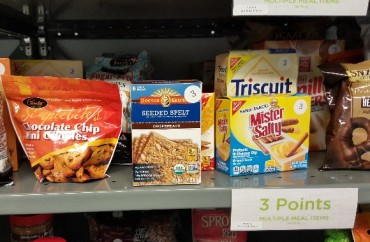
Estimates put number of campus food pantries at 200 and growing
SACRAMENTO – Students living on ramen at California State University Sacramento have been thrown a lifeline – the student government recently opened a pantry on campus that offers food, beverages and toiletries to any student, no questions asked.
“We just want to make sure that every student who has a need has somewhere to go,” said Jake Eres, the pantry’s coordinator, adding it’s confidential to prevent any stigma students may face for seeking help.
The pantry was prompted by what’s called “food insecurity” by campus leaders. A student, for whatever reason, does not have regular access to adequate or healthy meals. It’s a situation that may affect up to 10 percent of students – on a campus the size of Sacramento State, that could be as many as 2,900 people facing hunger on a daily basis, campus leaders say.
Sac State’s pantry opened on Sept. 1, and is open four hours a day. In its first week, nearly 100 students availed themselves of its services, campus leaders told The Fix.
And Sacramento State is not alone. According to an April 2015 report in The Wall Street Journal, food pantries began to appear on college campuses after the 2007 recession hit, and today more than 200 U.S. colleges, mostly public institutions, have one.
“Among factors driving the trend: Tuition has soared 25% at four-year public institutions since 2007, according to the 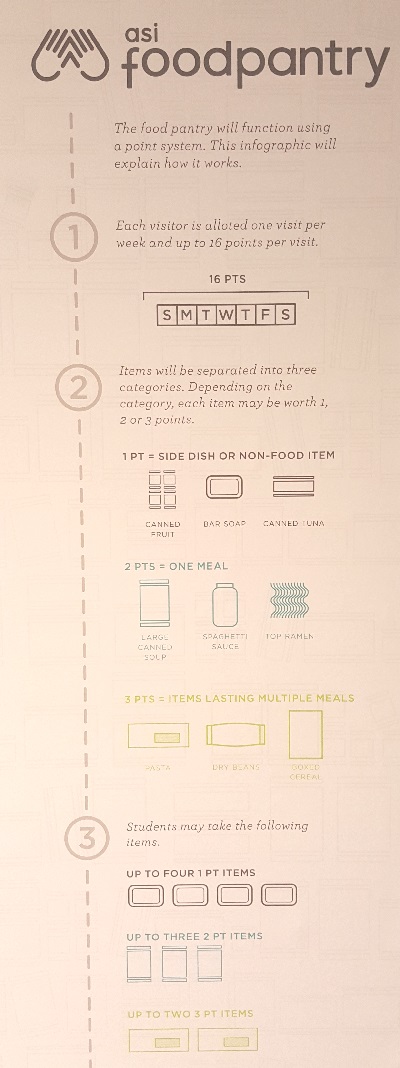 College Board, and costs such as housing, books and transportation have also risen significantly in recent years,” the Journal reports. “Meanwhile, more students from low-income families are attending college. For instance, four out of every 10 undergraduates in the UC system, which includes UC Berkeley and UCLA, now hail from households with an annual income of $50,000 or less.”
College Board, and costs such as housing, books and transportation have also risen significantly in recent years,” the Journal reports. “Meanwhile, more students from low-income families are attending college. For instance, four out of every 10 undergraduates in the UC system, which includes UC Berkeley and UCLA, now hail from households with an annual income of $50,000 or less.”
On a recent weekday afternoon at Sacramento State’s pantry, a small room tucked into the back of the university’s large athletic education hall, five students perused the offerings.
They were greeted by stacks of canned tuna, soup, pancake mix, peanut butter, chips, crackers, and other fare. Shampoo, sanitary products, soap and toothbrushes were piled high on another shelf.
Students shopping the aisles struggle to get through the day, and many had only eaten a single meal before stopping by the pantry, they said in interviews with The College Fix.
The five students, who asked to remain anonymous, said they work at least part-time, and two revealed they work full-time in addition to a full class load at CSUS. Despite this, the students said much of their income went toward rent and gas, and they often went hungry to support themselves and their families.
According to Associated Students, Inc. student government program coordinator Allie Boyd, the pantry is most helpful to students who are transitioning into adulthood while attending college (as many do) – and also aims to support students that may be out of a job or homeless.
“The food pantry has been very successful in the effort of supporting students in a struggle that’s far more prevalent than most people are aware,” she told The College Fix.
It is based on a point system, with each student being allocated 16 points weekly, and items being designated as either 1, 2, or 3 points, based on their size and value.
Not only has the alumni, staff and student community chipped in with large donations, but the student government has also promoted the effort tirelessly on both the local news and social media.
And interestingly, the pantry is funded almost entirely by donations from the Sacramento community rather than by the twice-annual ASI fees (which are attached to inflation and are only raised if the Consumer Price Index increases).
Like The College Fix on Facebook / Follow us on Twitter
IMAGES: Ryan Brown

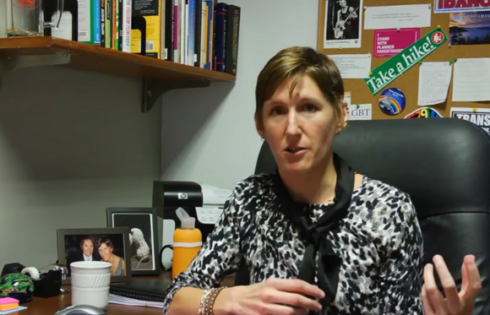

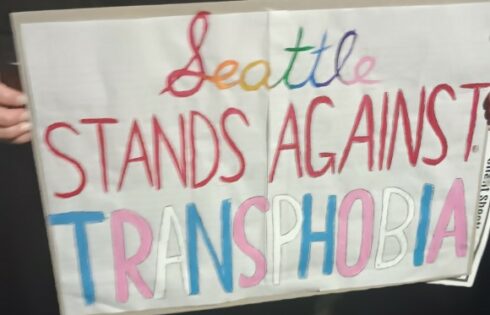
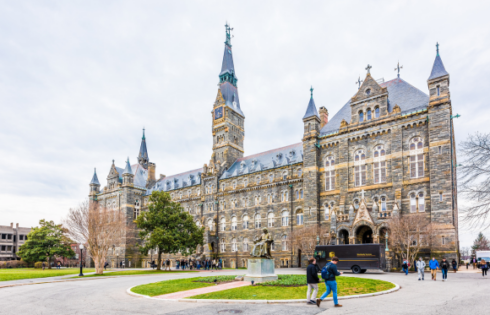
Please join the conversation about our stories on Facebook, Twitter, Instagram, Reddit, MeWe, Rumble, Gab, Minds and Gettr.